 Stink bugs are rearing their ugly heads again around the country, announcing their presence and intent to invade your house throughout late fall and winter.
Stink bugs are rearing their ugly heads again around the country, announcing their presence and intent to invade your house throughout late fall and winter.
 Although you don’t want a relationship with this bug, if you live in any of the affected areas, it’s in your life for the time being. And if your relationship with the stink bug was to be defined in social media, you could say “It’s complicated”.
Although you don’t want a relationship with this bug, if you live in any of the affected areas, it’s in your life for the time being. And if your relationship with the stink bug was to be defined in social media, you could say “It’s complicated”.
What makes this bug so complicated? Start with the fact that it’s an invasive species, non-native to the U.S. So it has no natural insect enemies to keep its populations in check.
It’s also the fact that it’s a pest both outdoors and indoors. And the fact that their “stink” is a defensive measure to warn other stink bugs of a threat – not tell them there’s a party.
But the main thing that makes stink bugs so complicated is the fact that controlling them is counterintuitive; when they’re out in the open and most visible is not the easiest or best time to trap them.
 Stink bugs are most noticeable and cause the most panic when they congregate on the side of a house – usually on the sunniest side, and usually in September and October. However, this is the time it gets complicated. A switch goes off in their tiny stink bug brains when their focus is only on finding a warm indoor spot to go to sleep. They don’t respond to the outdoor trap with the pheromone lures, and they won’t respond to light traps either. They almost become tiny robots that don’t react to any outside stimuli. Your best bet if you want to get them off the house in fall may be to use a spray that makes direct contact with the bug. From October until January, you may be stuck with stink bugs hibernating in your home.
Stink bugs are most noticeable and cause the most panic when they congregate on the side of a house – usually on the sunniest side, and usually in September and October. However, this is the time it gets complicated. A switch goes off in their tiny stink bug brains when their focus is only on finding a warm indoor spot to go to sleep. They don’t respond to the outdoor trap with the pheromone lures, and they won’t respond to light traps either. They almost become tiny robots that don’t react to any outside stimuli. Your best bet if you want to get them off the house in fall may be to use a spray that makes direct contact with the bug. From October until January, you may be stuck with stink bugs hibernating in your home.
Once the calendar year changes over, stink bugs wake up from hibernation inside your house. They do this when they run out of food stores and their body tells them it’s spring – even if there’s snow on the ground.
You can use the RESCUE! Stink Bug Trap with the light attachment in your attic to catch stink bugs as they wake up from hibernation.
But the real opportunity to significantly decrease the stink bug population happens outdoors.
When is the best time to trap stink bugs outdoors? There are two critical windows to stop their spread:
 Early spring, around April 1: This is when stink bugs start to emerge from houses and head to the foliage to mate and multiply. Since a single female stink bug can lay up to 400 eggs over the summer, this is an optimal time to break their life cycle by catching them in the RESCUE! Stink Bug Trap. Think of every stink bug you catch as hundreds that will never be around in the fall.
Early spring, around April 1: This is when stink bugs start to emerge from houses and head to the foliage to mate and multiply. Since a single female stink bug can lay up to 400 eggs over the summer, this is an optimal time to break their life cycle by catching them in the RESCUE! Stink Bug Trap. Think of every stink bug you catch as hundreds that will never be around in the fall.
Late August/early September: This is when stink bugs that were hatched from eggs laid over the summer reach adulthood and appear in greater numbers. As gardens reach maturity and trees produce fruit, they provide sources of food so the bugs can fatten up to prepare for hibernation. Those who have used our Stink Bug Trap consistently over the spring and summer report a sharp spike in the number of stink bugs caught two weeks before Labor Day.
 Here are three time periods to remember if you want to trap stink bugs:
Here are three time periods to remember if you want to trap stink bugs:
1) January 1: When you put holiday decorations away, get out the trap. Use the RESCUE! Stink Bug Trap indoors with the light attachment to catch stink bugs during January, February and March as they wake up from hibernation.
2) April 1: Don’t be fooled; use the RESCUE! Stink Bug Trap outdoors to catch stink bugs before they mate and multiply.
3) August 15: When kids are preparing to head back to school, stink bugs are getting ready to head back to the house. Use the RESCUE! Stink Bug Trap outdoors to catch them before they get there.
Stink Bugs and you: It's complicated
October 7, 2013
· Product Points
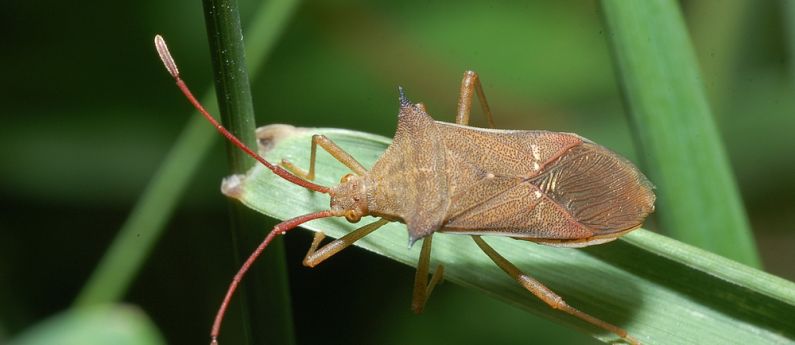


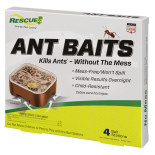 Ant Baits
Ant Baits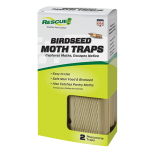 Birdseed Moth Trap
Birdseed Moth Trap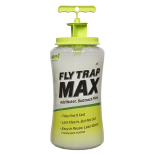 Fly Trap Max
Fly Trap Max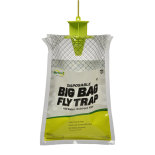 Fly Trap, Big Bag
Fly Trap, Big Bag 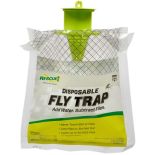 Fly Trap, Disposable
Fly Trap, Disposable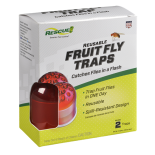 Fly Trap, Fruit Fly
Fly Trap, Fruit Fly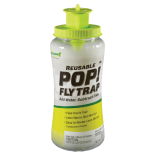 Fly Trap, POP! Fly
Fly Trap, POP! Fly 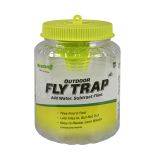 Fly Trap, Reusable
Fly Trap, Reusable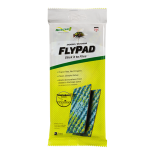 FlyPad
FlyPad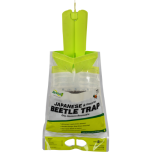 Japanese & Oriental Beetle Trap
Japanese & Oriental Beetle Trap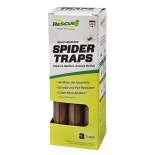 Spider Trap
Spider Trap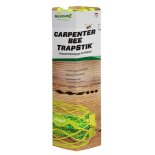 TrapStik, Carpenter Bee
TrapStik, Carpenter Bee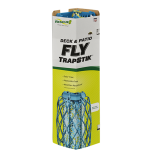 TrapStik, Deck & Patio Fly
TrapStik, Deck & Patio Fly 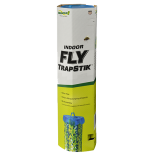 TrapStik, Indoor Fly
TrapStik, Indoor Fly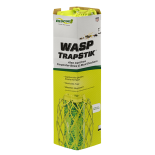 TrapStik, Wasp
TrapStik, Wasp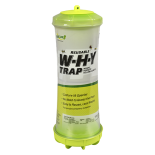 W·H·Y Trap for Wasps, Hornets & Yellowjackets
W·H·Y Trap for Wasps, Hornets & Yellowjackets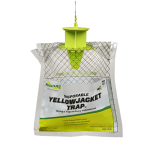 Yellowjacket Trap, Disposable
Yellowjacket Trap, Disposable 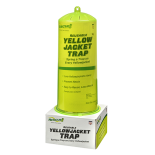 Yellowjacket Trap, Reusable
Yellowjacket Trap, Reusable 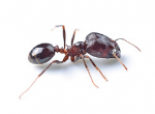 Ants
Ants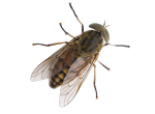 Biting Flies
Biting Flies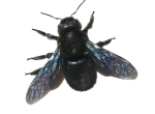 Carpenter Bees
Carpenter Bees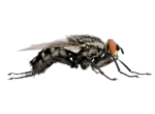 Flies
Flies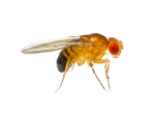 Fruit Flies
Fruit Flies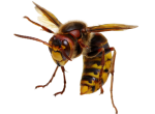 Hornets
Hornets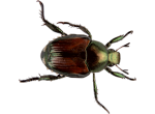 Japanese Beetles
Japanese Beetles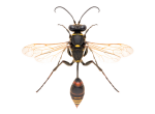 Mud Daubers
Mud Daubers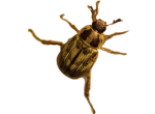 Oriental Beetles
Oriental Beetles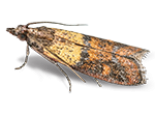 Birdseed & Pantry Moths
Birdseed & Pantry Moths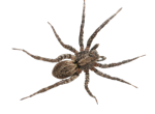 Spiders
Spiders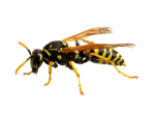 Wasps
Wasps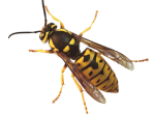 Yellowjackets
Yellowjackets